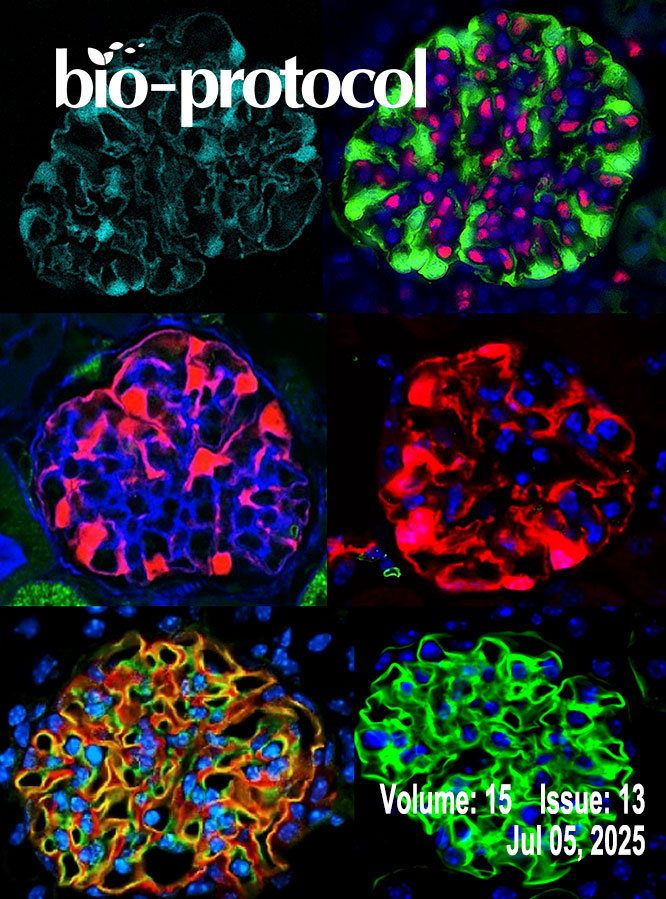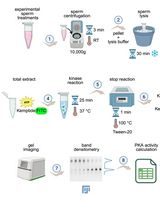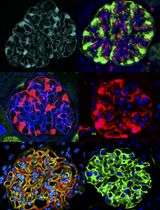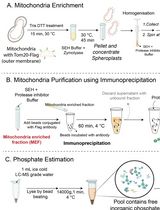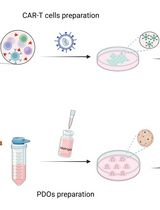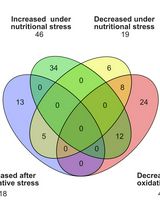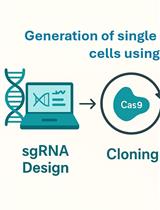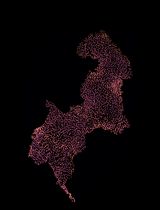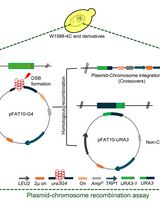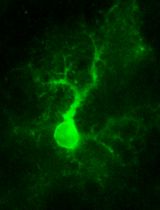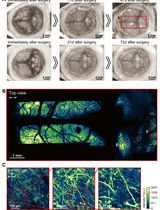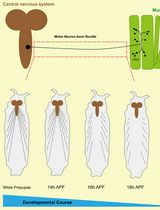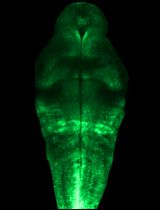- Protocols
- Articles and Issues
- About
- Become a Reviewer
Past Issue in 2025
Volume: 15, Issue: 13
Biochemistry
Kinase Mobility Shift Assay (KiMSA) for Assessing Protein Kinase A Activity
Bioinformatics and Computational Biology
RACE-Nano-Seq: Profiling Transcriptome Diversity of a Genomic Locus
Visualization of the Evolution and Transmission of Circulating Vaccine-Derived Poliovirus (cVDPV) Outbreaks in the African Region
Cell Biology
Isolation of Podocyte Cell Fractions From Mouse Kidney Using Magnetic Activated Cell Sorting (MACS)
Isolation of Mitochondria From Yeast to Estimate Mitochondrial Pools of Inorganic Phosphate
Immunology
Evaluation of In Vitro Cytotoxic Activity of CAR-T Cells Using Patient-Derived Organoids
Microbiology
Untargeted Metabolomics of Epimastigote Forms of Trypanosoma cruzi
Rapid and Multiplex Diagnosis of Malaria Using Chelex-100 Extraction and LAMP-MS Assay
Molecular Biology
Protocol for Generation of Single-Gene Knockout in Hard-to-Transfect THP1 Cell Lines Using CRISPR/Cas9
APEX2 RNA Proximity Labeling in Mammalian Cell Lines With Low Biotin Permeability
Assessing the Efficiency of Double-Strand Break Repair Mediated by Homologous Recombination and Non-homologous End-Joining Pathways in Saccharomyces cerevisiae
Neuroscience
Two-photon (2P) Microscopy to Study Ca2+ Signaling in Astrocytes From Acute Brain Slices
An Alternative Gene Editing Strategy Using a Single AAV Vector
Derivation and Culture of Enriched Phrenic-Like Motor Neurons From Human iPSCs
Construction of Large Cranial Windows With Nanosheet and Light-Curable Resin for Long-term Two-Photon Imaging in Mice
Live Cell Imaging to Monitor Axonal Pruning in Drosophila Motor Neurons
Quantification of Neural Progenitor Cells From Zika Virus-Infected Zebrafish Embryos


